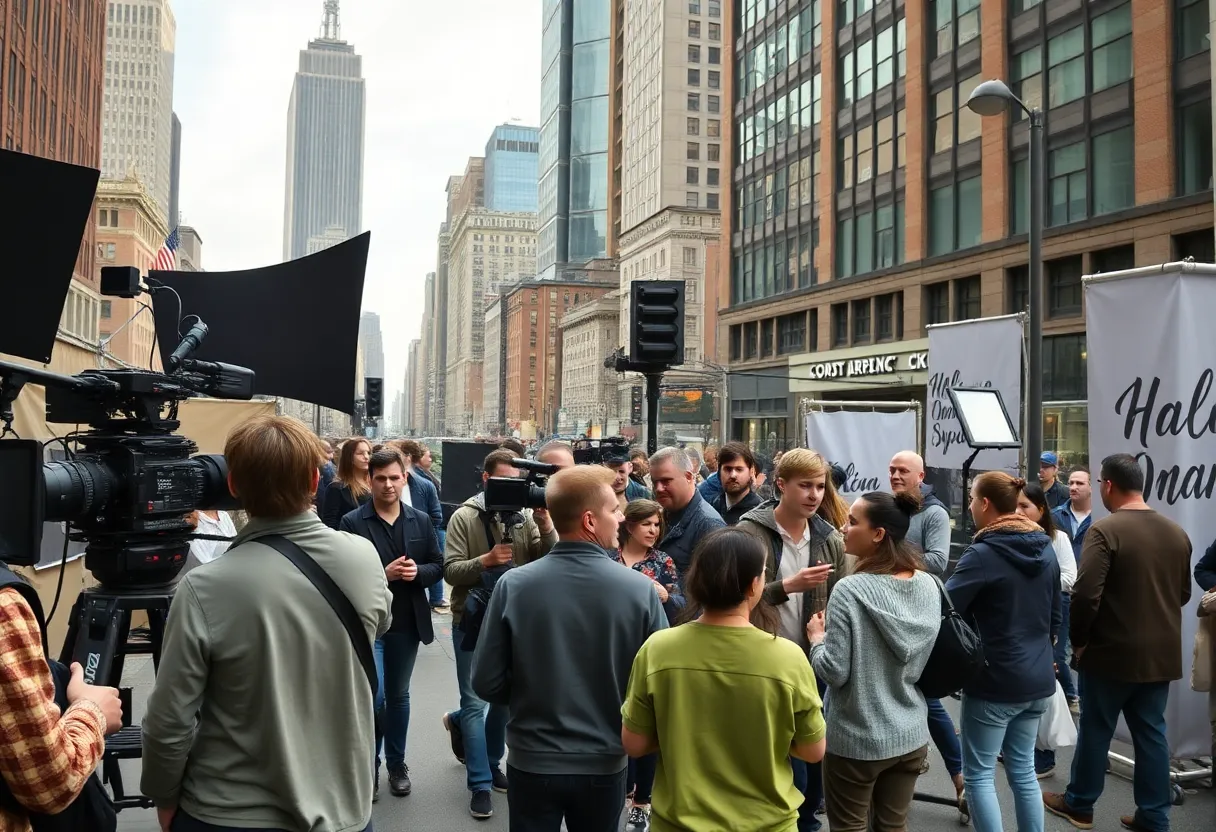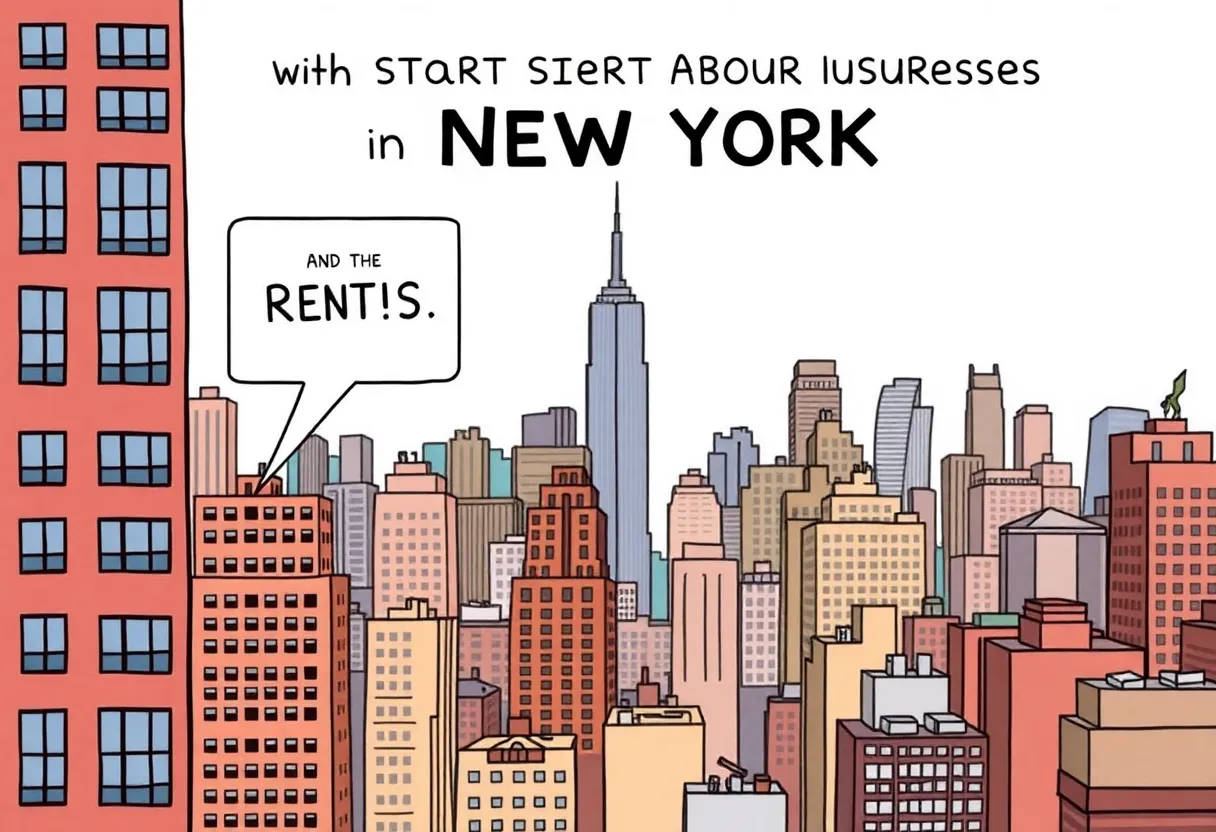News Summary
Governor Kathy Hochul has signed a state budget that significantly enhances tax incentives for film and television production in New York. Addressing a notable decline in industry activity, the budget increases the annual cap on incentives to $800 million and establishes a $100 million pool for independent projects. New initiatives also include a 10% increase for larger productions and relaxed eligibility requirements for visual effects and animation. These efforts aim to strengthen New York’s position in the competitive film landscape, especially against California’s expanding incentives.
New York State Governor Kathy Hochul has officially signed the state budget, which includes significant expansions to the incentives available for film and television production in an effort to combat a sharp decline in the industry. The new provisions aim to bolster New York’s position as a competitive environment for production, especially against California, which is simultaneously working to enhance its own tax incentives. This move is also critical in light of projected federal tariffs on foreign content that could disrupt the global film industry.
The budget, passed by the Assembly and State Senate the previous Wednesday and Thursday, addresses a concerning 15% decrease in production activity in New York since 2019. The expanded program aims to rejuvenate the state’s film industry by increasing the annual cap on state incentives from $700 million to $800 million, nearly doubling what was available in 2022. The new financial structure is set to continue until 2036.
Among the key features of the new budget is a dedicated $100 million pool for independent film projects, which are defined as productions with less than 51% ownership by publicly traded companies. This allocation includes specific funding categories: $20 million is reserved for projects with budgets under $10 million, while $80 million is aimed at those exceeding this budget threshold. However, once the $100 million pool is drained, no additional projects will be accepted for that year, and independent production companies can submit only two applications annually.
The renewed incentive framework enhances the base incentive for productions in New York to 30%, with additional regional incentives available for productions outside of the New York City area. A new initiative, known as the Production Plus Program, offers a 10% increase in incentives for companies with total qualified production costs of $100 million or more, available until the end of 2028.
Another significant adjustment includes the uncapping of Above-the-Line (ATL) labor costs, which were previously limited to $500,000 per person. While ATL costs have been freed from caps, the overall threshold for below-the-line (BTL) and vendor costs remains at 40%. Furthermore, modifications to the Post-Only Credit allow productions to qualify for this credit if they spend at least 75% of their post-production costs or a minimum of $1 million in New York State.
Changes aimed at reducing eligibility hurdles are also notable, particularly regarding Visual Effects (VFX) and Animation-only credits. The necessary budget allocation for these categories has been reduced from 20% to 10%, with the minimum expenditure lowering from $3 million to $500,000. Additionally, productions that apply after January 1, 2025, will benefit from an accelerated recovery of incentives, allowing full credit claims within the first year.
New provisions also encourage local music scoring by providing an additional 10% incentive for productions that hire a minimum of five musicians to work in New York State. These adaptations aim to overcome established challenges that producers have faced with credit allocation delays.
The implications of this budget are significant, particularly as the Motion Picture Association has touted such enhancements as vital economic drivers for New York, clarifying that major productions contribute robustly to the local economy. This economic impact becomes even more relevant as California also considers expanding its own film tax incentives, proposing to increase its cap to $750 million.
Highlighting the uncertainty surrounding U.S. production is the potential for federal tariffs on foreign content, a concern raised by former President Donald Trump. This situation may have profound effects on the film industry both domestically and globally, making New York’s revitalized incentives particularly timely and relevant in the evolving landscape of production.
Deeper Dive: News & Info About This Topic
- Hollywood Reporter: New York Aims for Large-Scale Producers and Indie Projects Film Subsidy Boost
- Times Union: N.Y. to Rethink Tax Incentives Including Film
- Deadline: New York Film & TV Production Incentives State Budget Passes
- Wikipedia: Film in New York
- Crain’s New York: Keep Film Industry Tax Incentives Rolling to Help Small Businesses








